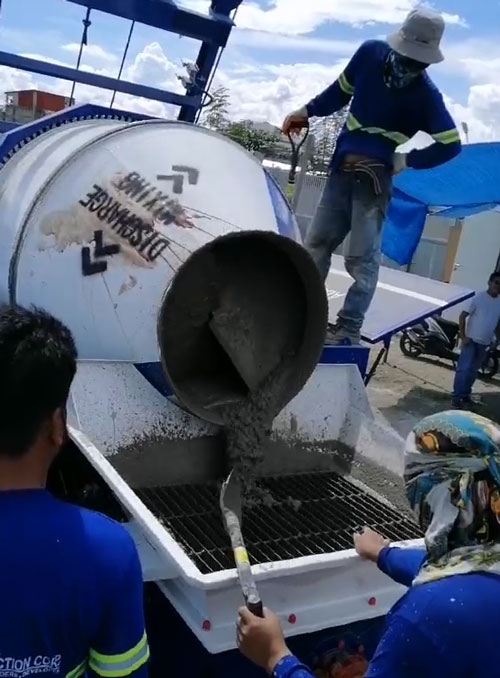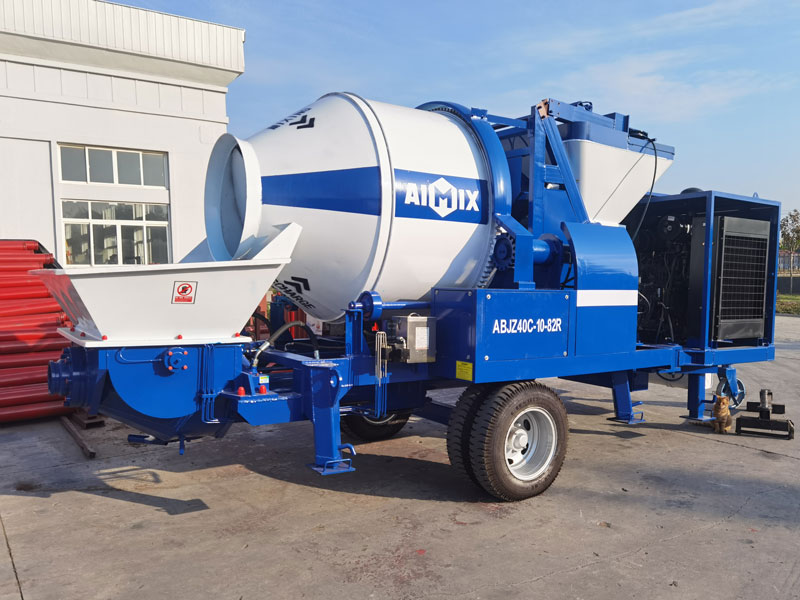Operating a concrete mixer pump involves a delicate dance of power and precision, and safety considerations are paramount in this intricate performance.
Safety Guidelines
Concrete mixer pumps are marvels of engineering, but their operation demands a meticulous adherence to safety guidelines to ensure the well-being of operators and the longevity of the equipment.
Comprehensive Training
Before embarking on the operation of a concrete mixer pump, operators should undergo comprehensive training to familiarize themselves with the intricacies of the machinery. Understanding the control systems, emergency procedures, and proper handling techniques is imperative in mitigating potential risks.
Proper Equipment Inspection
Prior to each operation, a thorough inspection of the concrete mixer pump is indispensable. Checking for wear and tear, ensuring the functionality of safety features, and verifying the integrity of critical components are key steps in preventing unforeseen malfunctions during operation.

Adherence to Load Capacity Limits
Exceeding load capacity limits poses a significant hazard to both personnel and equipment. Adherence to specified load limits, as outlined in the manufacturer’s guidelines, is non-negotiable. Overloading not only compromises the structural integrity of the mixer pump but also escalates the risk of accidents.
Preventive Maintenance
Maintenance is the backbone of safety in the realm of concrete mixer pumps. Regular and systematic preventive maintenance routines ensure that the machinery operates at peak efficiency, minimizing the chances of unexpected breakdowns that could result in safety hazards.
Lubrication and Fluid Checks
Proper lubrication is the lifeblood of a concrete mixer pump. Regular checks on lubrication points and fluid levels guarantee the smooth functioning of moving parts. Inadequate lubrication not only hampers performance but also accelerates wear and tear, potentially leading to safety issues. Check some useful info here: https://concretemixerwithpump.com/cement-mixer-pump/.
Inspection of Hydraulic Systems
The hydraulic system is the powerhouse of a concrete mixer pump. Regular inspection of hydraulic components, including hoses, cylinders, and valves, is vital. Identifying and rectifying potential leaks or malfunctions in the hydraulic system is crucial for preventing accidents and ensuring operational safety.
Safe Work Practices
Concrete mixer pump operators are akin to skilled choreographers, orchestrating the delicate ballet of concrete mixing and pouring. Embracing safe work practices is non-negotiable in this high-stakes performance of portable concrete pumps.
Use of Personal Protective Equipment (PPE)
Wearing the appropriate Personal Protective Equipment (PPE) is a fundamental aspect of safe work practices. Operators should don protective gear, including helmets, gloves, and steel-toed boots, to shield themselves from potential hazards during operation.
Clear Communication Protocols
Effective communication is the backbone of a safe construction site. Establishing clear communication protocols among team members ensures that everyone is aware of the concrete mixing and pouring processes, reducing the risk of accidents due to miscommunication.

Emergency Response Preparedness
Preparedness for emergencies is a cornerstone of safe work practices. Concrete mixer pump for sale operators should be well-versed in emergency response procedures, including the location and operation of emergency shut-off switches, first aid protocols, and evacuation plans.
Conclusion
In the symphony of construction, where concrete mixer pumps play a crucial role, the safety of the performers—operators and construction teams—is paramount. Adhering to safety guidelines, prioritizing preventive maintenance, and embracing safe work practices ensure a harmonious and secure operation of these engineering marvels.